Growth of the Aftermarket Segment
The growth of the aftermarket segment is emerging as a vital driver in the Automotive Air Intake Manifold Market. As vehicle owners seek to enhance performance and efficiency, the demand for aftermarket air intake systems is on the rise. This segment is characterized by a diverse range of products, including performance-oriented manifolds that cater to enthusiasts. Market data indicates that the aftermarket for automotive components is expected to expand at a rate of 8% annually, driven by consumer preferences for customization and performance tuning. This trend presents lucrative opportunities for manufacturers and suppliers in the air intake manifold sector.
Increasing Demand for Fuel Efficiency
The Automotive Air Intake Manifold Market is experiencing a notable surge in demand for fuel-efficient vehicles. As consumers become more environmentally conscious, manufacturers are compelled to enhance engine performance while minimizing fuel consumption. This trend is reflected in the growing adoption of advanced air intake systems that optimize airflow and improve combustion efficiency. According to recent data, vehicles equipped with high-performance air intake manifolds can achieve fuel savings of up to 10%. Consequently, this driver is pivotal in shaping the market landscape, as automakers strive to meet regulatory standards and consumer expectations for sustainability.
Rising Popularity of Electric Vehicles
The rising popularity of electric vehicles (EVs) is reshaping the Automotive Air Intake Manifold Market. Although EVs do not utilize traditional internal combustion engines, the transition towards hybrid models necessitates the continued relevance of air intake systems. As automakers develop hybrid vehicles that combine electric and gasoline powertrains, the demand for efficient air intake manifolds remains critical. Market analysis suggests that the hybrid vehicle segment is projected to grow at a compound annual growth rate of 20% over the next five years, indicating a sustained need for innovative air intake solutions.
Regulatory Pressure for Emission Reductions
Regulatory pressure for emission reductions is a significant driver in the Automotive Air Intake Manifold Market. Governments worldwide are implementing stringent emission standards to combat air pollution and climate change. This regulatory environment compels manufacturers to adopt advanced air intake technologies that enhance engine efficiency and reduce harmful emissions. Data shows that vehicles equipped with optimized air intake manifolds can achieve compliance with these regulations more effectively. As a result, the market is likely to witness increased investments in research and development aimed at creating compliant and efficient air intake systems.
Technological Advancements in Engine Design
Technological advancements in engine design are significantly influencing the Automotive Air Intake Manifold Market. Innovations such as variable geometry intake manifolds and integrated air-fuel management systems are becoming increasingly prevalent. These technologies enhance engine responsiveness and efficiency, thereby improving overall vehicle performance. The market data indicates that the integration of such advanced systems can lead to a reduction in emissions by approximately 15%, aligning with global environmental regulations. As manufacturers invest in research and development, the demand for sophisticated air intake manifolds is expected to rise, driving market growth.


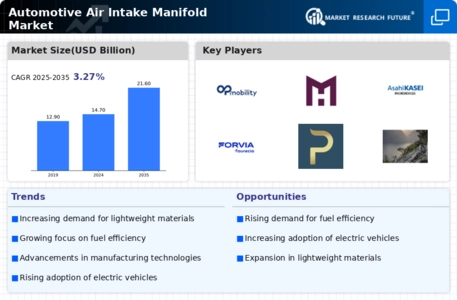
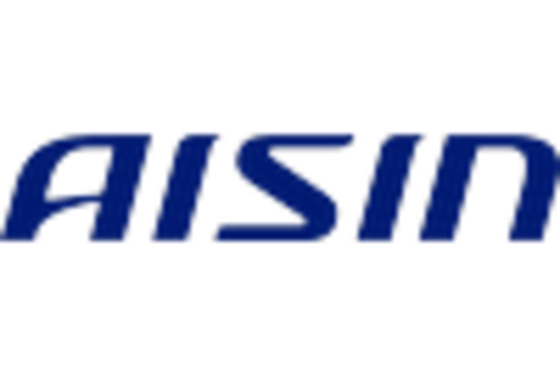
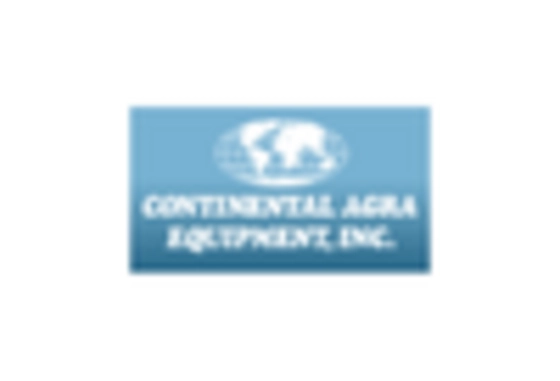
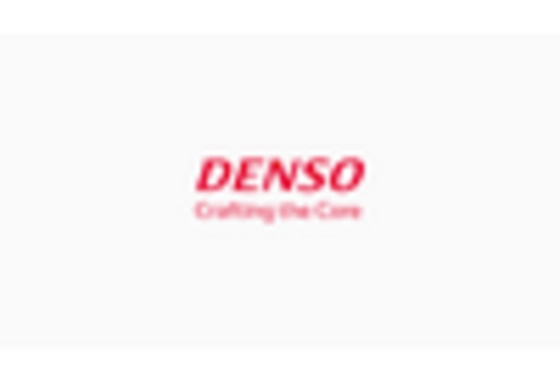
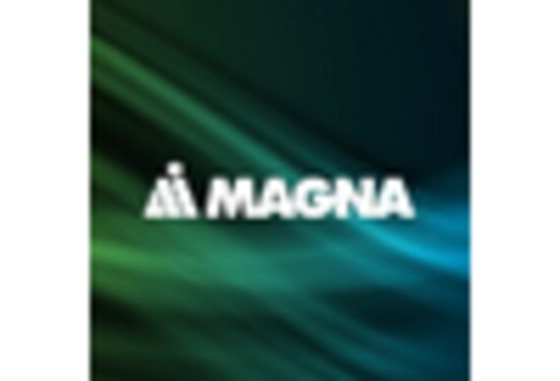
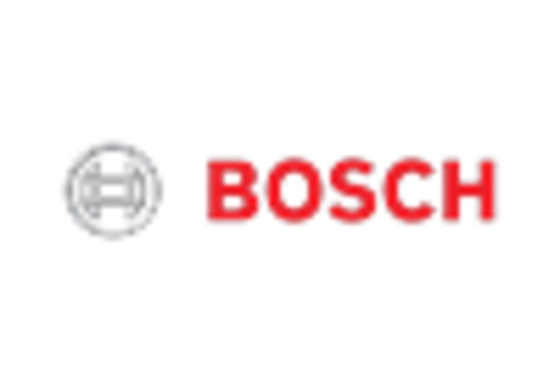
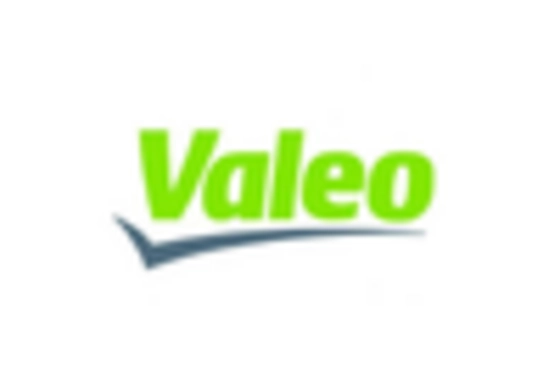








Leave a Comment